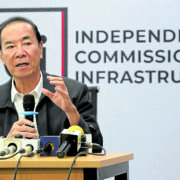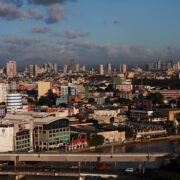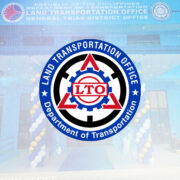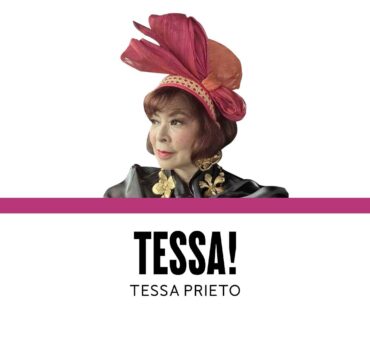Luxury retail’s dirty culture of cash
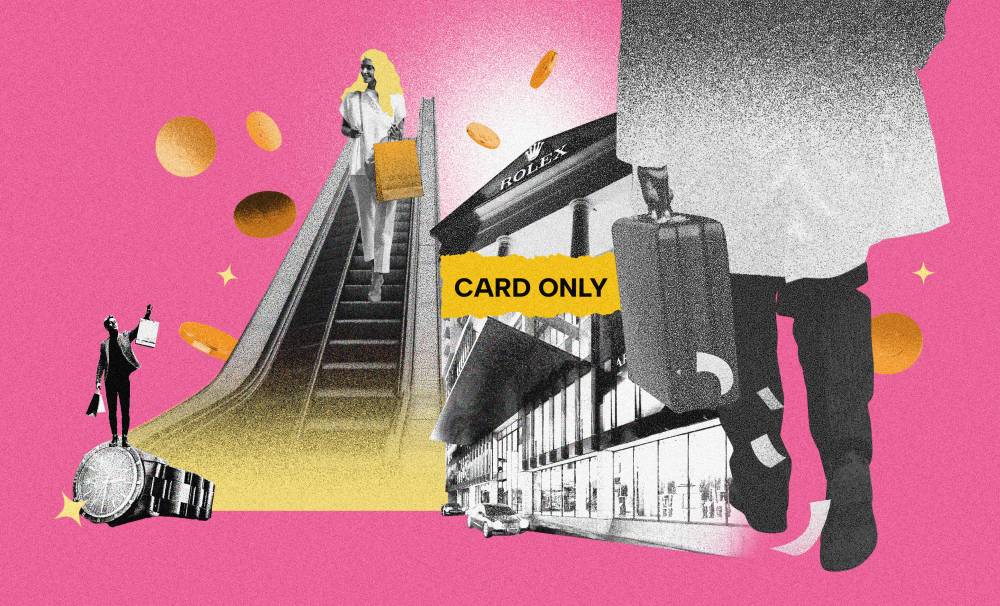
In our country, luxury retail stores thrive not on credit cards, but on cold, hard cash. For years, high-end stores have catered to clients, many of whom are politicians, who walk in with stacks of bills to snap up shoes, jewelry, and designer bags. Some tasteful, some not so.
This culture of cash is no secret in the luxury retail industry. One fashion insider recalls what it was like when a fancy shoe brand first opened its store in Manila. “The first thing [that] the group handling it asked for was a cash counter,” she says. “Politicians were going to be the biggest buyers, and they don’t swipe their cards; they bring cash.”
She goes on to add how a friend, who handles an elite jewelry store, says that their staff gets nervous. “They were scared because they thought they could get questioned. Internationally, big companies don’t allow that much cash. It can get them into trouble if they’re linked to money laundering. At the end of the day, how are the stores in the Philippines going to accept cash for their goods without being linked to money laundering?”
Cash seems to suit both sides: Buyers with questionable backgrounds enjoy anonymity and ease, while retailers benefit from high-volume sales, without having to wait for card approvals or wire transfers.
Suspicious minds
But in light of recent revelations, i.e., Senate testimonies, the optics of these cash-fueled transactions are shifting.
At the Senate blue ribbon committee hearing that stirred up a storm, former Department of Public Works and Highways engineer Brice Hernandez alleged that P1 billion in cash, stuffed into more than 20 suitcases and ferried in six to seven vans, was delivered to the penthouse of former Ako Bicol Rep. Elizaldy Co at Shangri-La Hotel in Taguig.
“There were many suitcases of money, Your Honor,” Hernandez said under oath. “I believe it amounted to billions.” Each suitcase, he added, carried roughly P50 million. Another witness, engineer Jaypee Mendoza, backed up the claim, saying the delivery went straight to the penthouse elevator.
Catching up with credit
High-value and easy to move, a watch or a handbag can quickly transform dirty cash into a clean, resellable asset. How often is the Rolex store out of stock? It’s easy for a single watch to reach half a million. Meanwhile, a single Chanel handbag is sold at a prestige price of hundreds of thousands of pesos.
This is why governments in Europe and the US impose strict limits on cash transactions, requiring stores to report anything above a certain threshold. In the US, the Internal Revenue Service (IRS) has Form 8300, which requires businesses to report cash payments of over $10,000, specifically mentioning dealers in jewelry, automobiles, and other high-value collectibles. On the other hand, the European Union (EU) has the Anti-Money Laundering Directive & Cash Limits, which also has an EU-wide limit of €10,000 on cash payments.
In New York’s LaGuardia Airport, even terminal fees can’t be paid in cash. I nearly missed my flight because they wouldn’t accept my debit card, only credit. In Paris, many boutiques won’t accept more than a few thousand euros in bills, if at all. And post-pandemic, digital payments have only become more entrenched worldwide.
By comparison, the Philippines feels caught in another time. A “banana republic” where our politicians are overlords. Cash is anonymous, fluid, and easily exchanged, which makes it all the more convenient for those with dubious sources of income.
While officially, the Philippines does have rules in place, it seems easy to work around the technicalities. The Anti-Money Laundering Act (RA 9160, as amended) requires cash transactions above P500,000 to be reported to the Anti-Money Laundering Council, not just by banks, but also by dealers in precious metals and stones, the categories where watches and jewelry fall. Even if the amount is smaller, stores are supposed to file a Suspicious Transaction Report if something looks off.
But how often do we really think these reports are filed?
It doesn’t take a genius to see that they’re breaking up a million-peso splurge into two or three “innocent” purchases under the threshold. A watch today, a handbag tomorrow, a necklace the week after, with none of them technically hitting the reporting line. But altogether, they’re still spending the same dirty money.
So while the law exists, enforcement feels porous, and cash is still circulated by and large.
A market at risk?
In the luxury goods industry, where a polished image is everything, the optics are becoming increasingly awkward. For luxury houses that operate under global compliance standards, suitcases of cash look super shady and put them at risk of tying their brand to financial crime, too.
At least regulators are taking notice. Bangko Sentral ng Pilipinas is now checking cash flows, monitoring unusually large cash withdrawals, with concerned banks under review. State-run Land Bank of the Philippines has also launched a probe.
So now, the hot potato: If politicians and other cash buyers start lying low under scrutiny of the entire country, could luxury retail take a hit?
While the Filipino appetite for designer goods is undeniable, the local market has leaned so heavily on the cash-heavy clientele. The industry may now have to rethink how to keep tills ringing without the shadow of money laundering (and corrupt politicians) looming over pristine marble counters.
So, will Philippine luxury retail adapt to tightening rules, or remain a playground where peso bills and prestige items trade through dirty hands?




